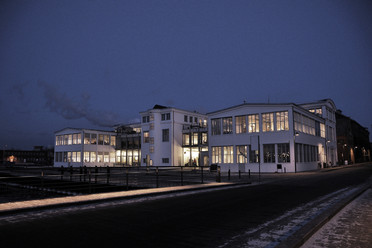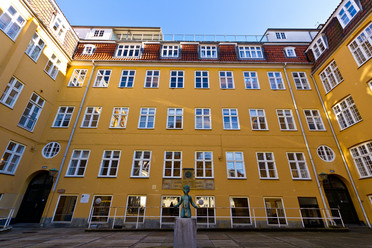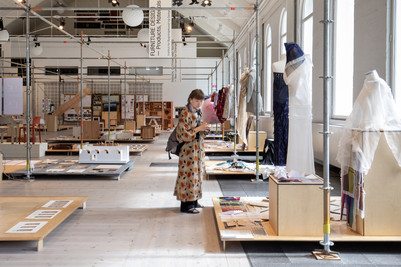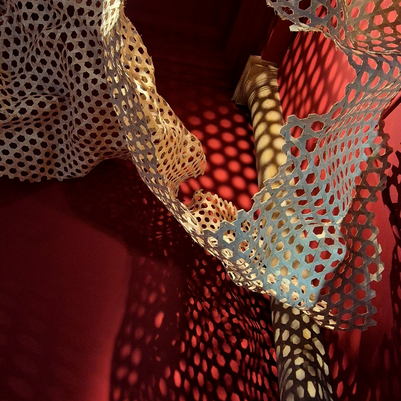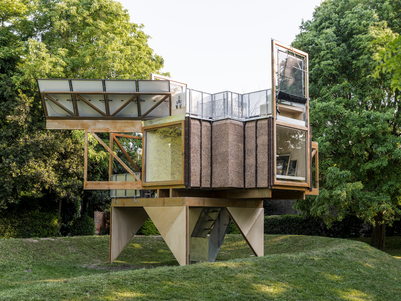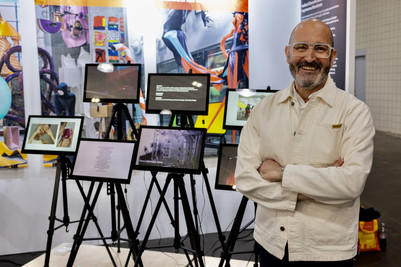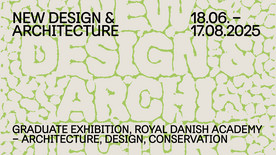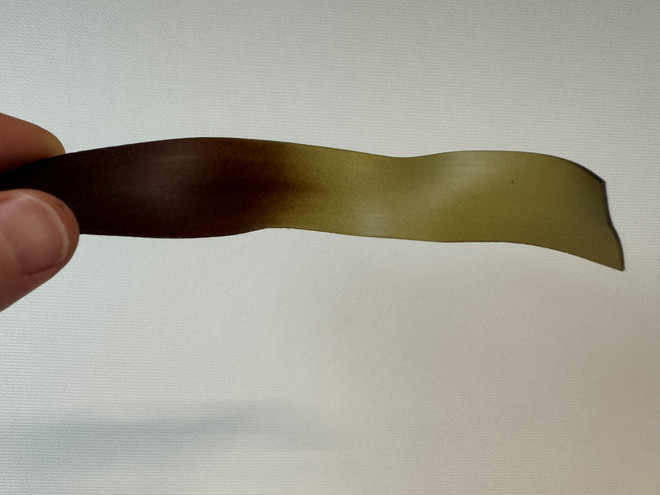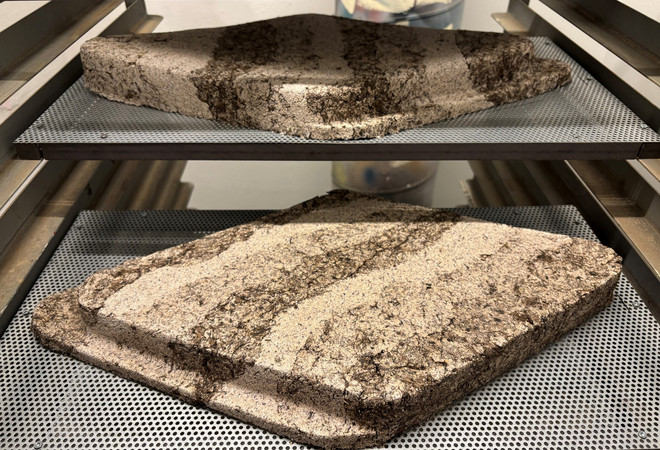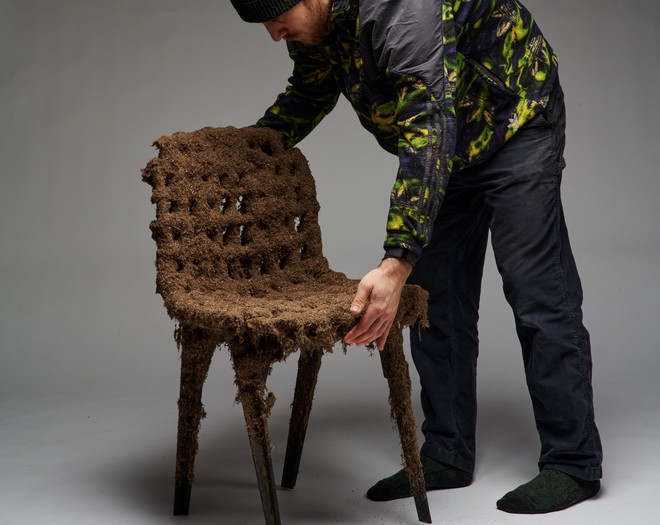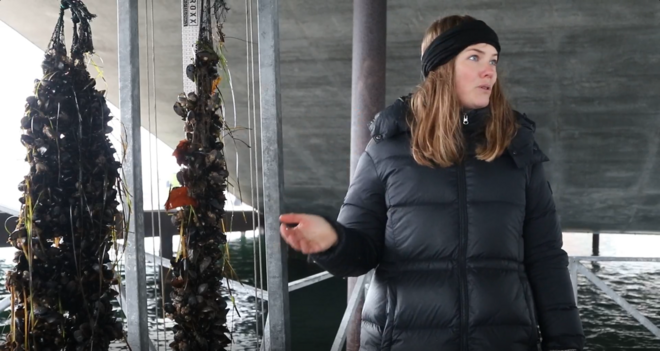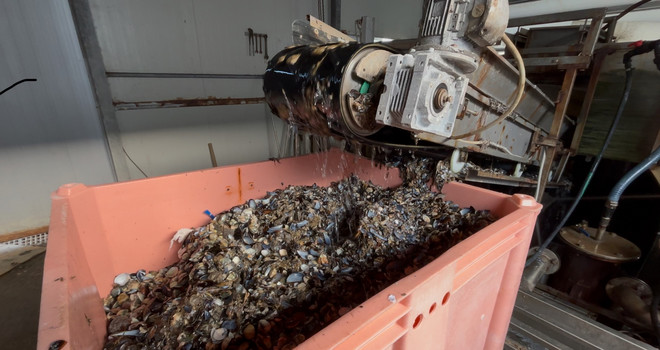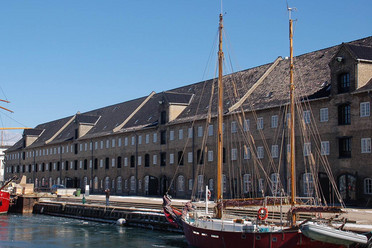
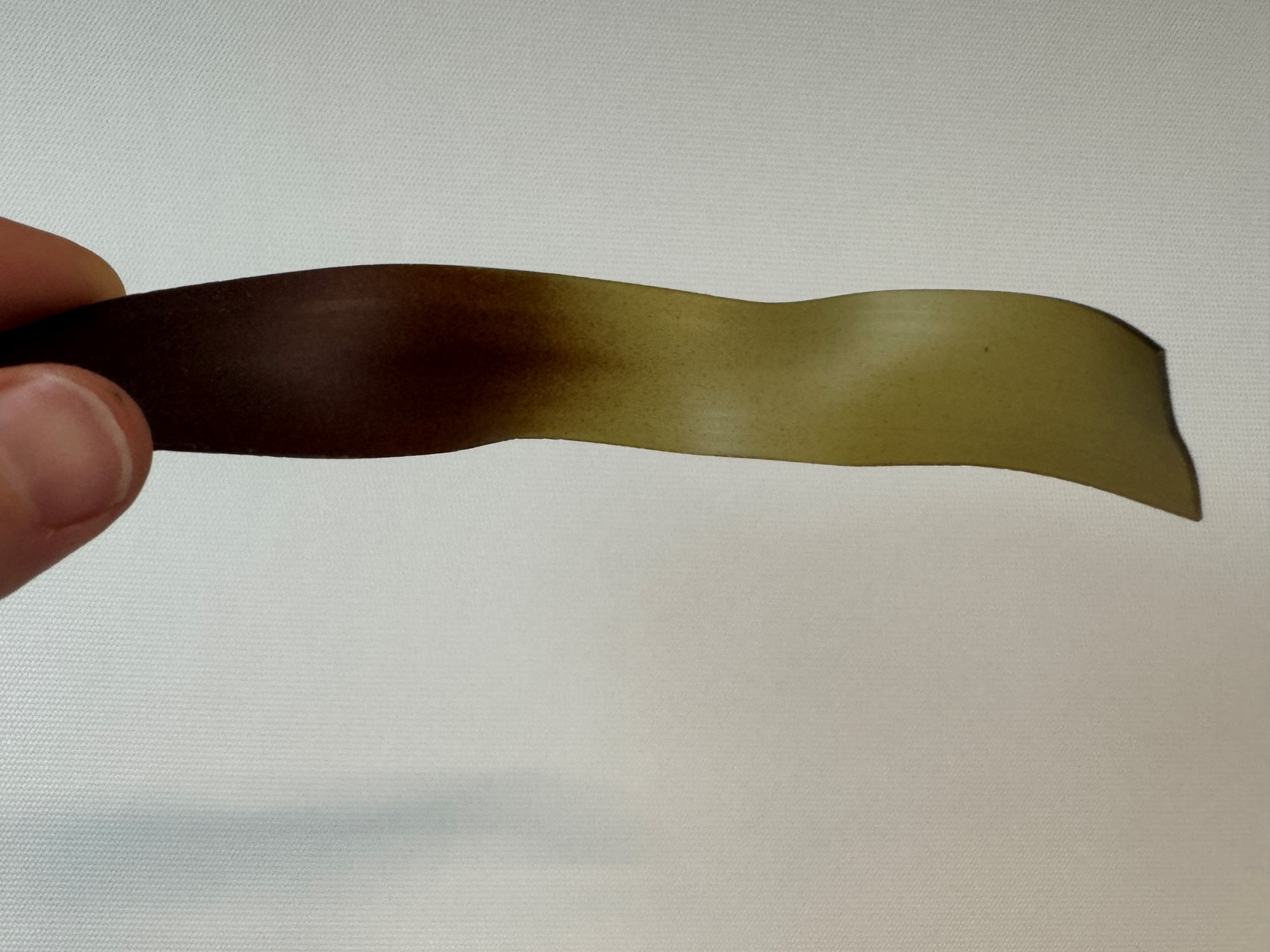
Building with Blue Biomass
The Building with Blue Biomass global innovation network brings together research, industry and policymakers accelerate research and consolidate knowledge about how new low carbon, regenerative building materials can be made from blue biomass - organisms from the sea, lakes, streams and aquaculture facilities such as algae, kelp, shellfish and seagrass.
The network creates a platform to share interdisciplinary expertise and build a community that connects architectural design with biochemical engineering, material development, advanced manufacturing and bioeconomy. It is an open network anchored at the Royal Danish Academy – Architecture, Design, Conservation; Technical University of Denmark; Queensland University of Technology; University of Queensland; University College London; Arup and 3XN/GXN architects. The network is supported by the Danish Ministry of Higher Education and Science.
Blue biomass opens unique opportunities and challenges for rethinking architecture’s relationship to resource, interdisciplinary collaboration, fostering bioeconomic growth and promoting circular bioeconomy practices. A net-zero carbon future depends on decarbonising buildings, however this cannot be achieved using the conventional building materials of today. Instead, it will require a shift to a circular bioeconomy in the building industry, and to building elements that fix carbon. The potential of using locally sourced biogenic materials to create these buildings of the future is significant: construction consumes 40% of all raw materials and produces 40% of the world’s carbon emissions. However, as all biomass becomes the focus for increasing competition, finding innovative ways to use the residuals and side streams from circular & regenerative material flows is critical to architecture achieving its environmental and societal goals.
Building with Blue biomass focuses on fostering the connections between materials science, advanced simulation and fabrication, architecture and engineering, and ecology and economy. We place particular focus on circular and regenerative material flows that are part of industrial symbiosis or ecological bioremediation, the food industry, water purification and sustainable fuels, and on the role of advanced technology in creating novel pathways for new materials and applications.


